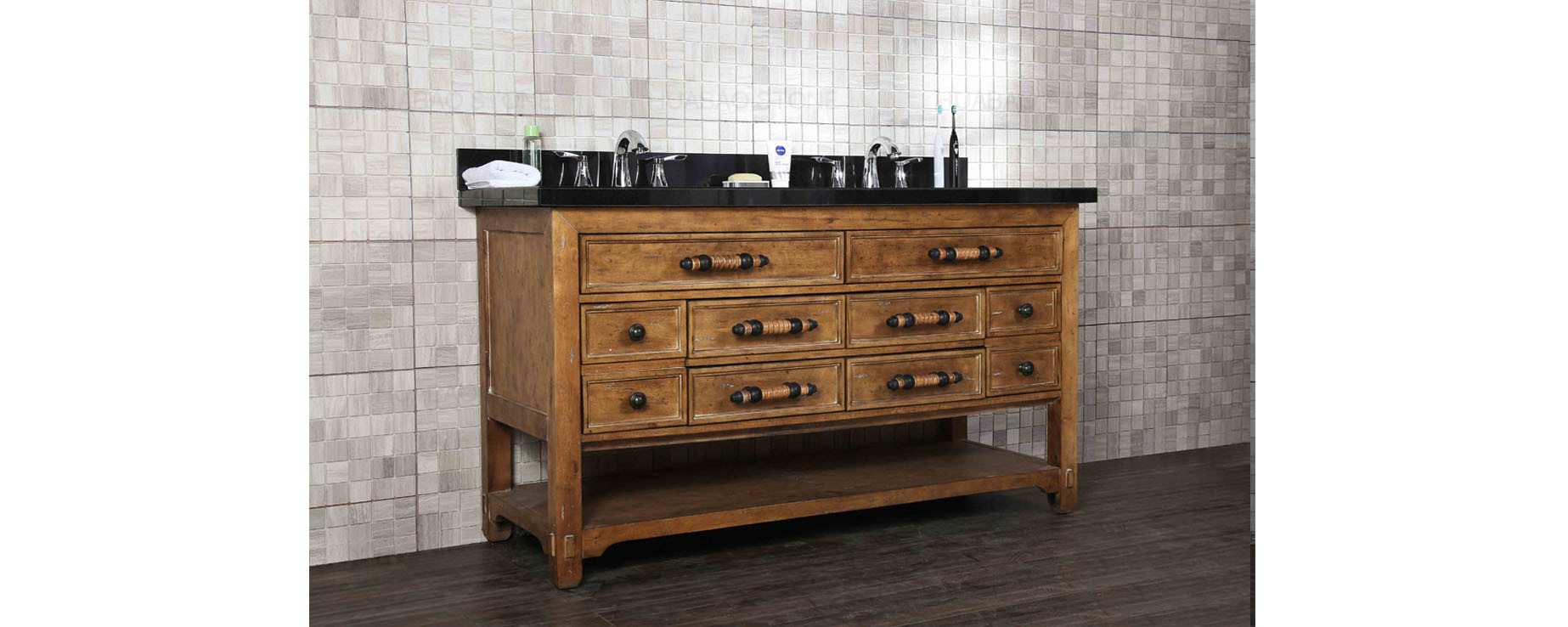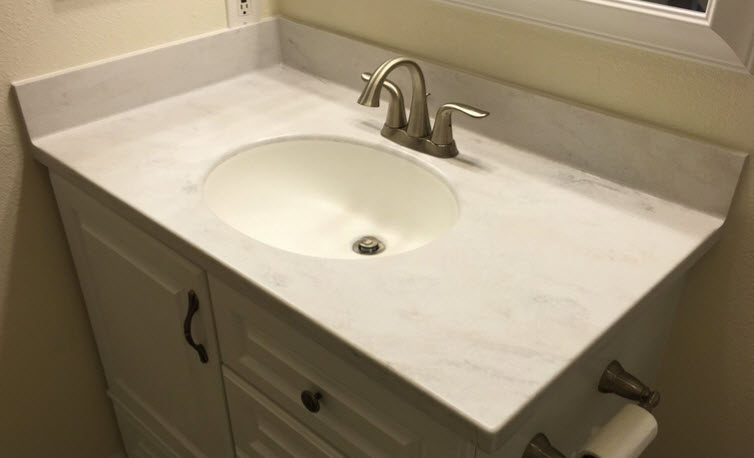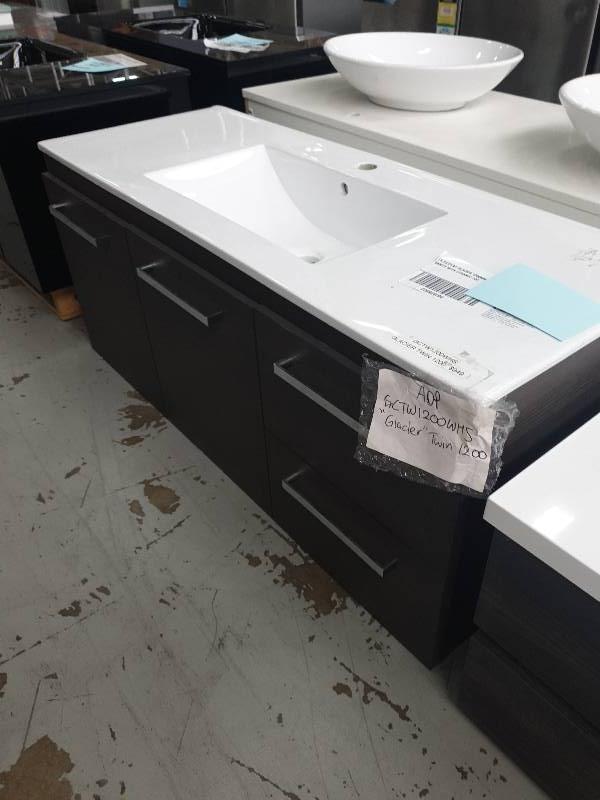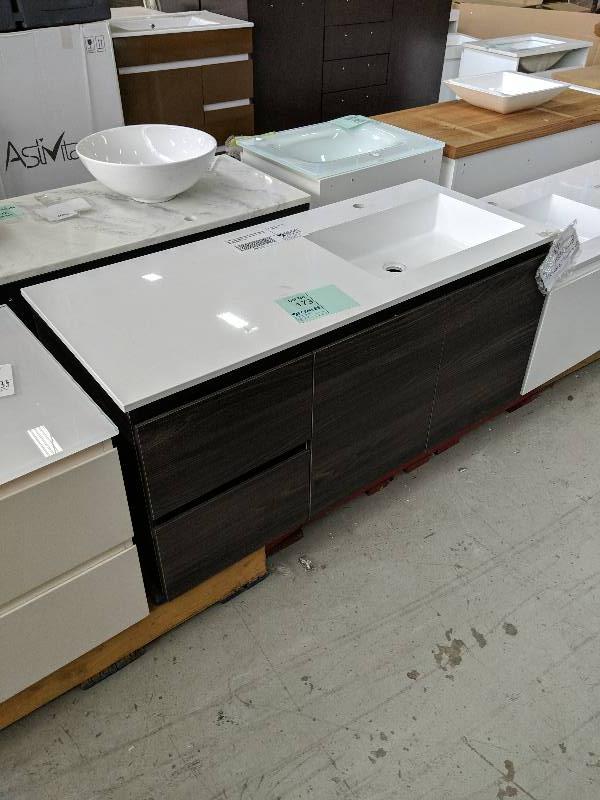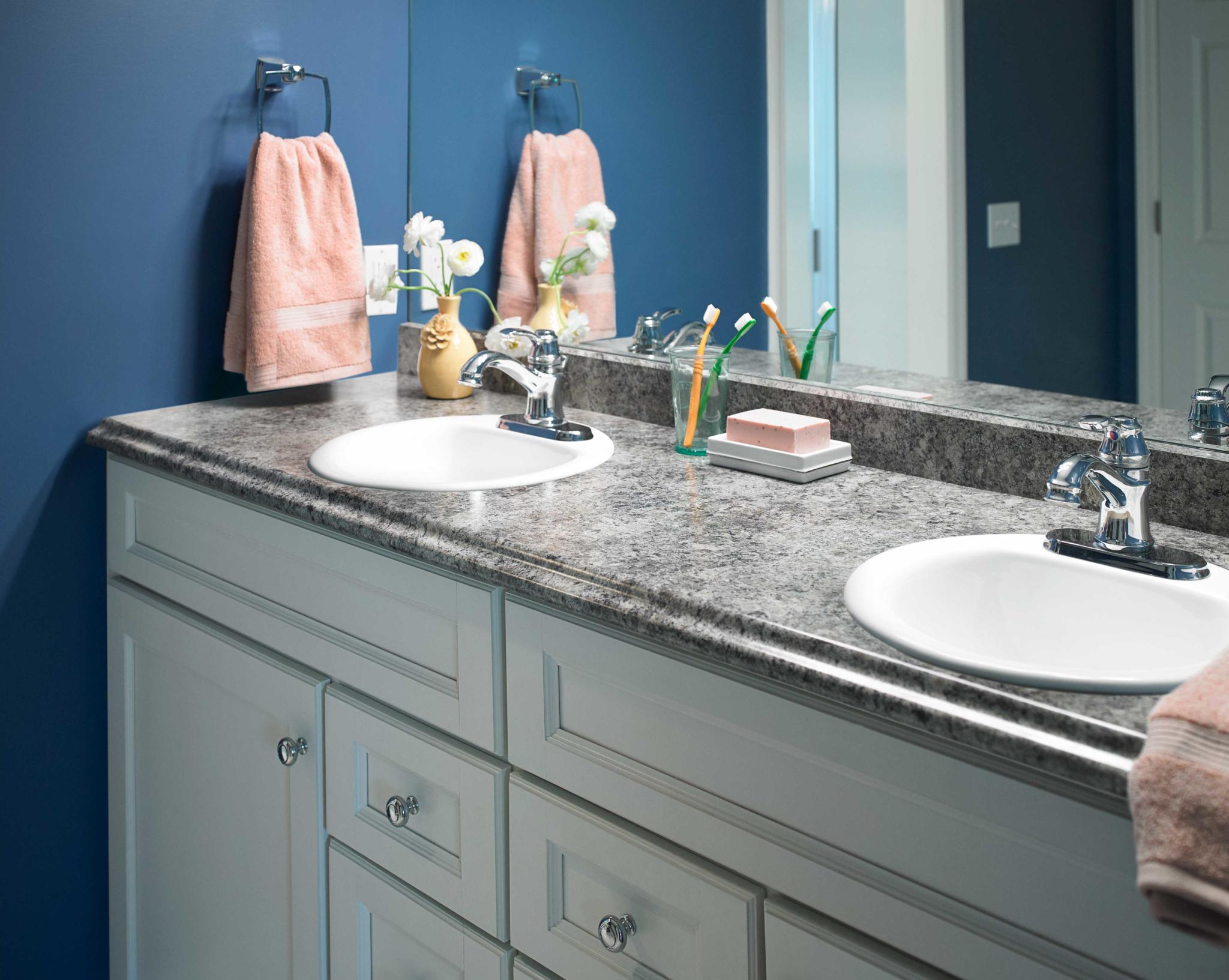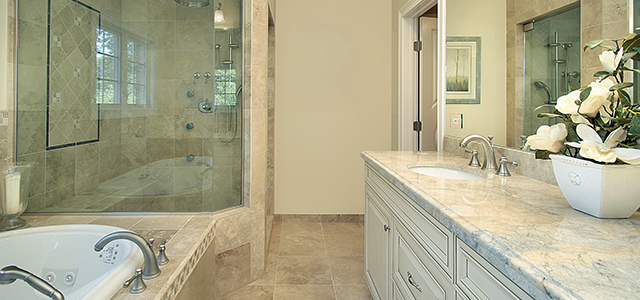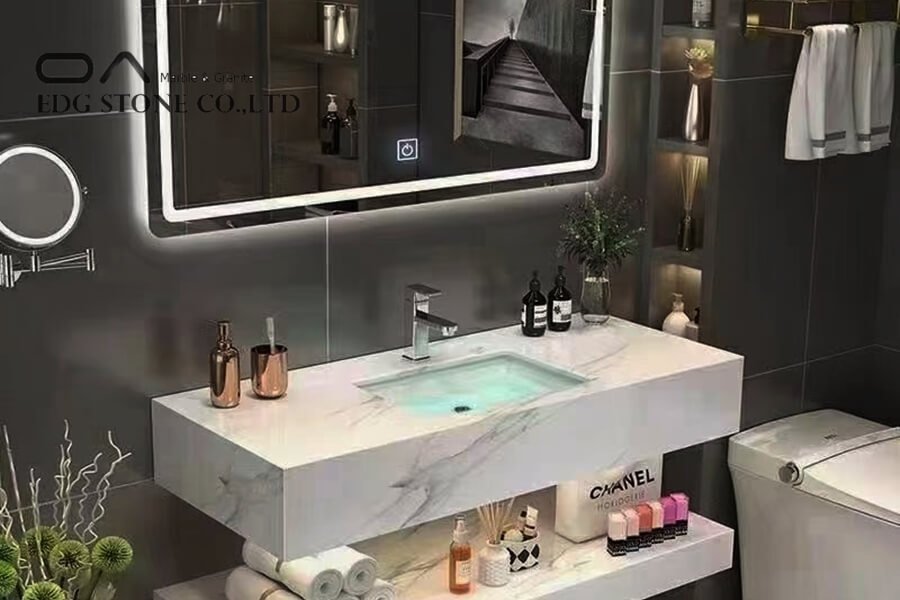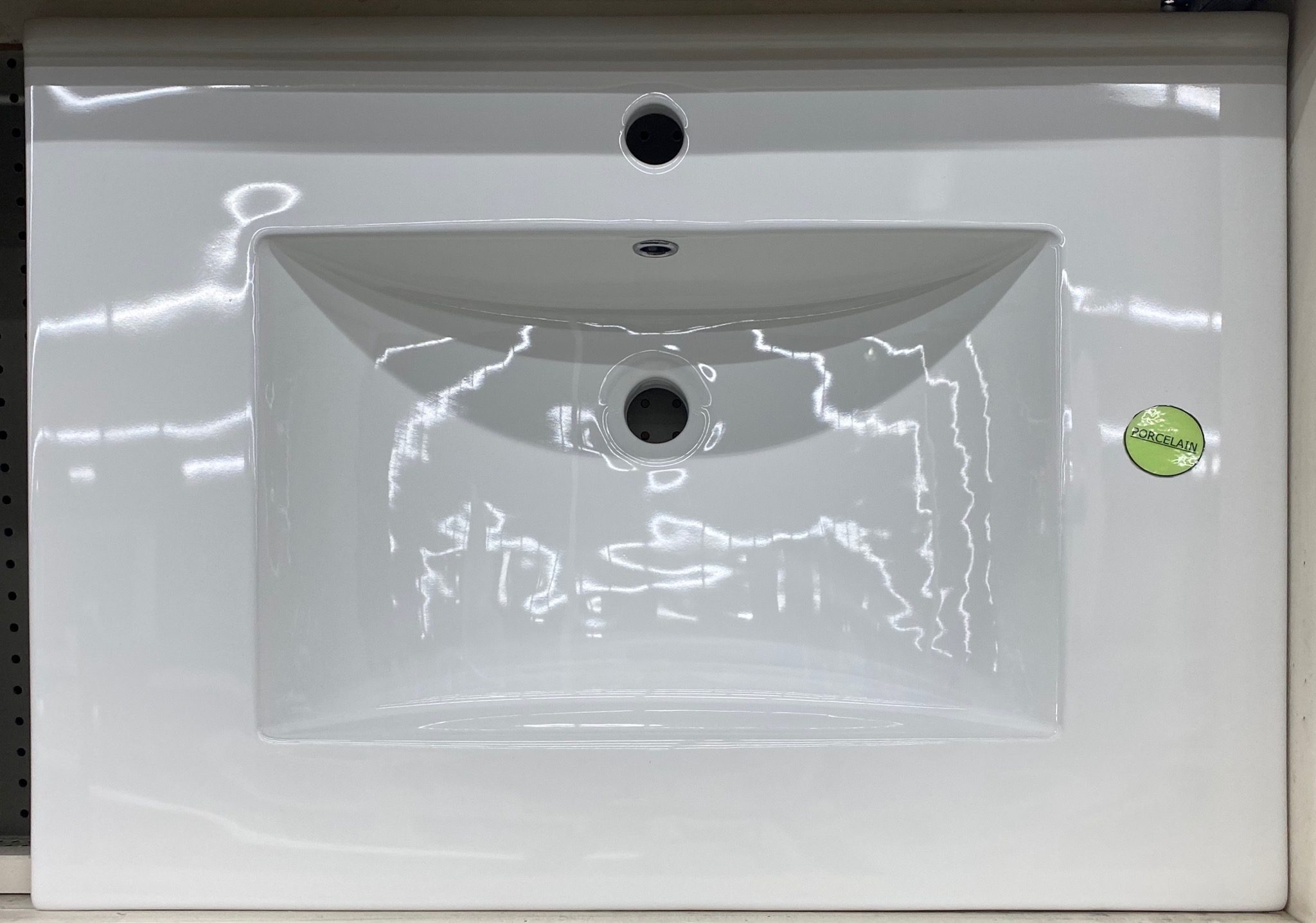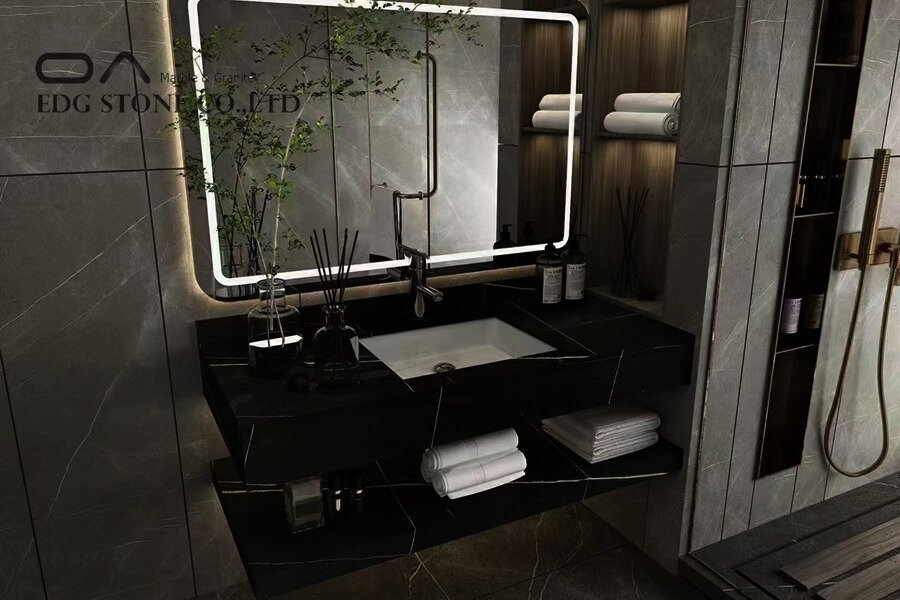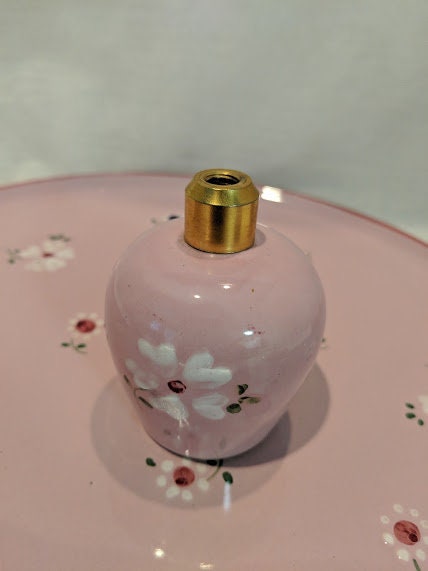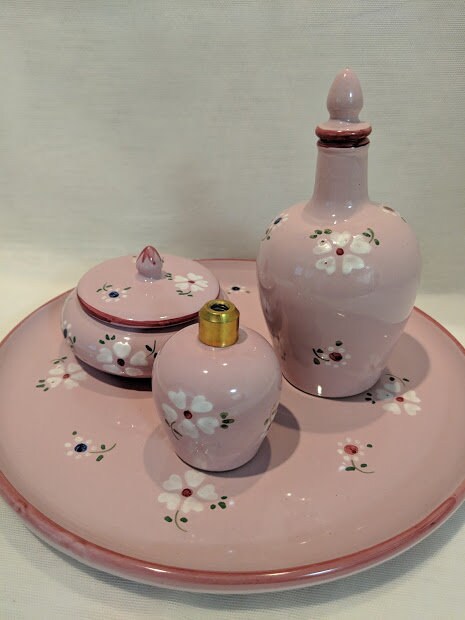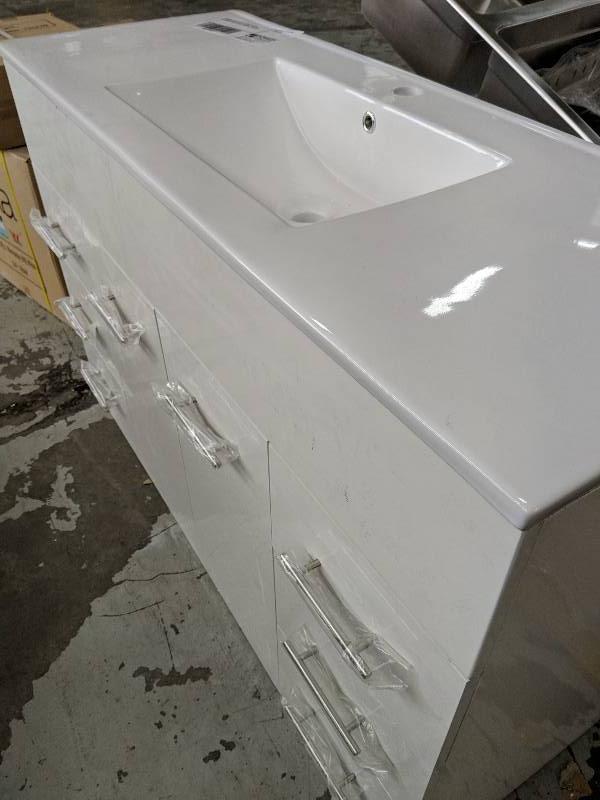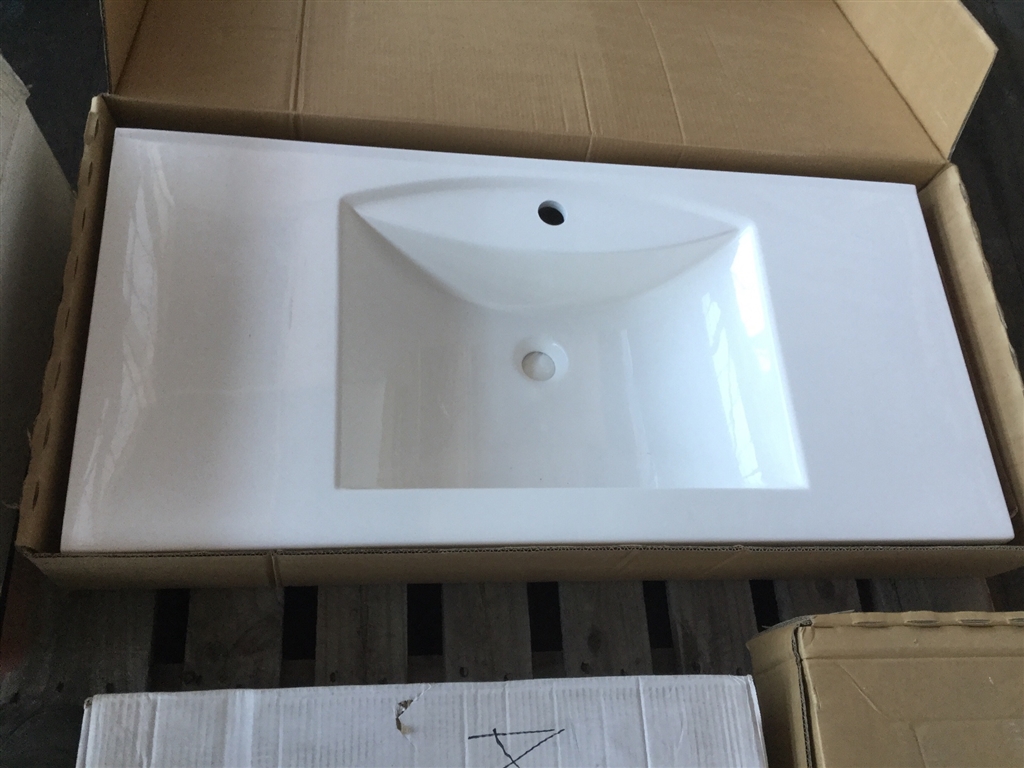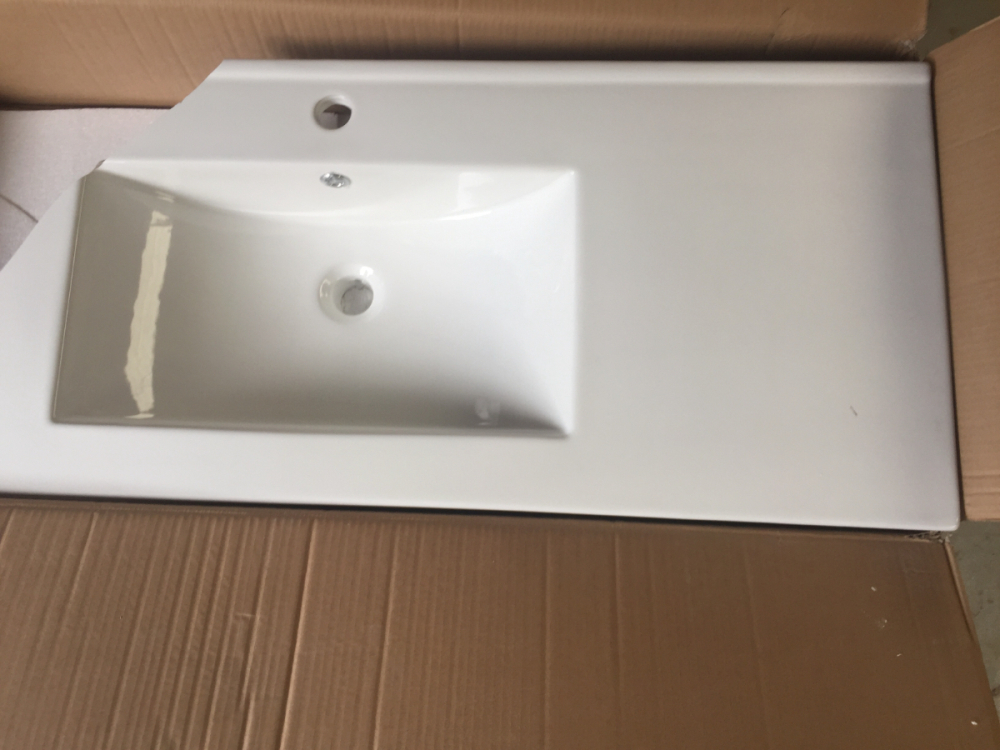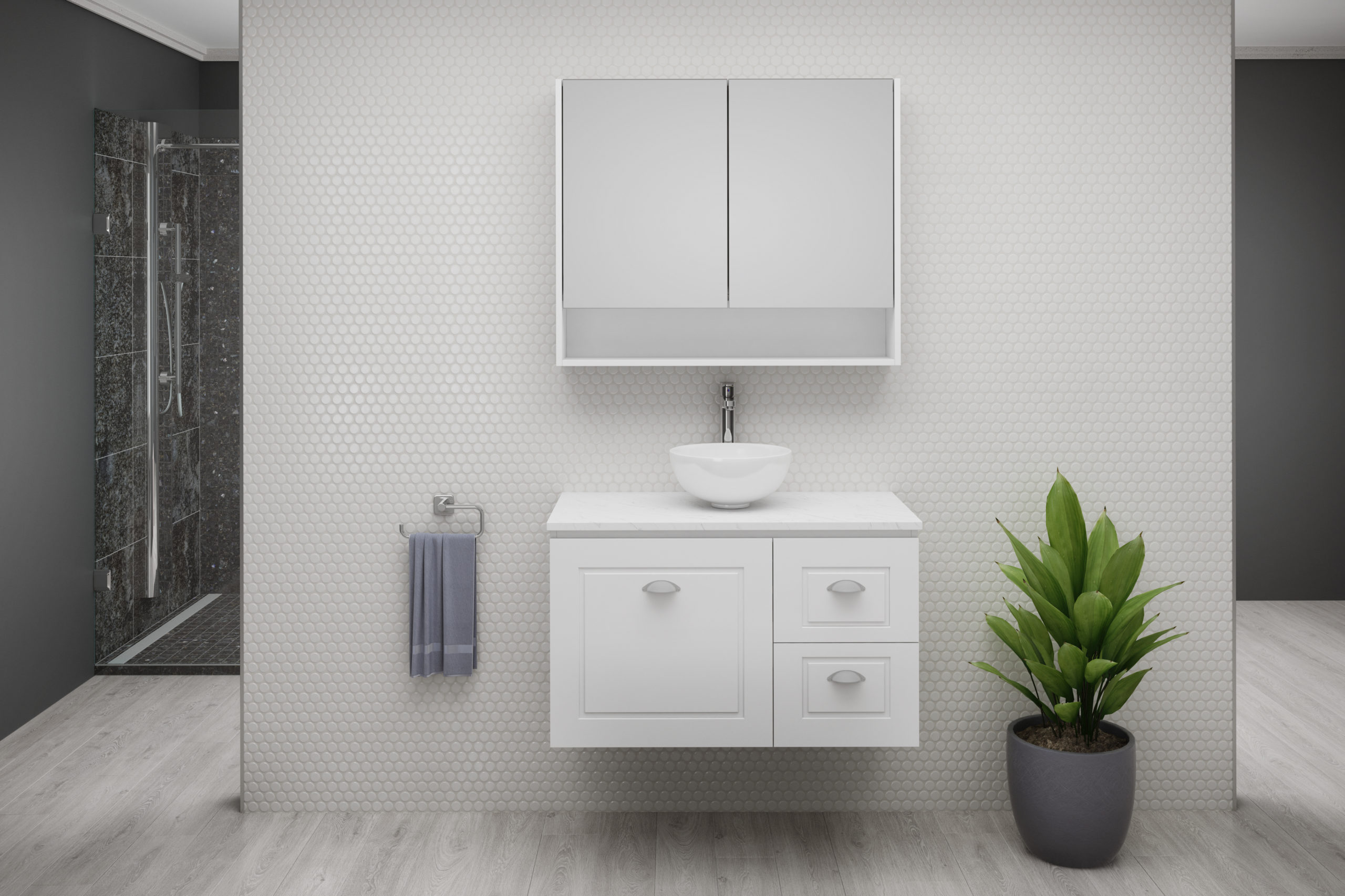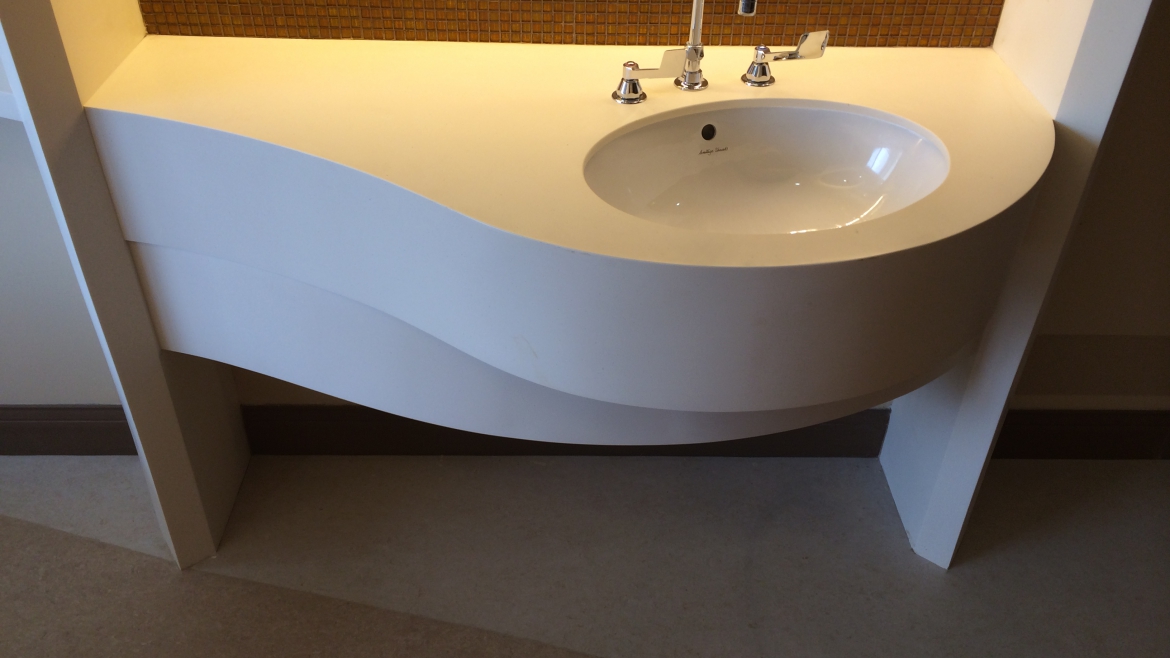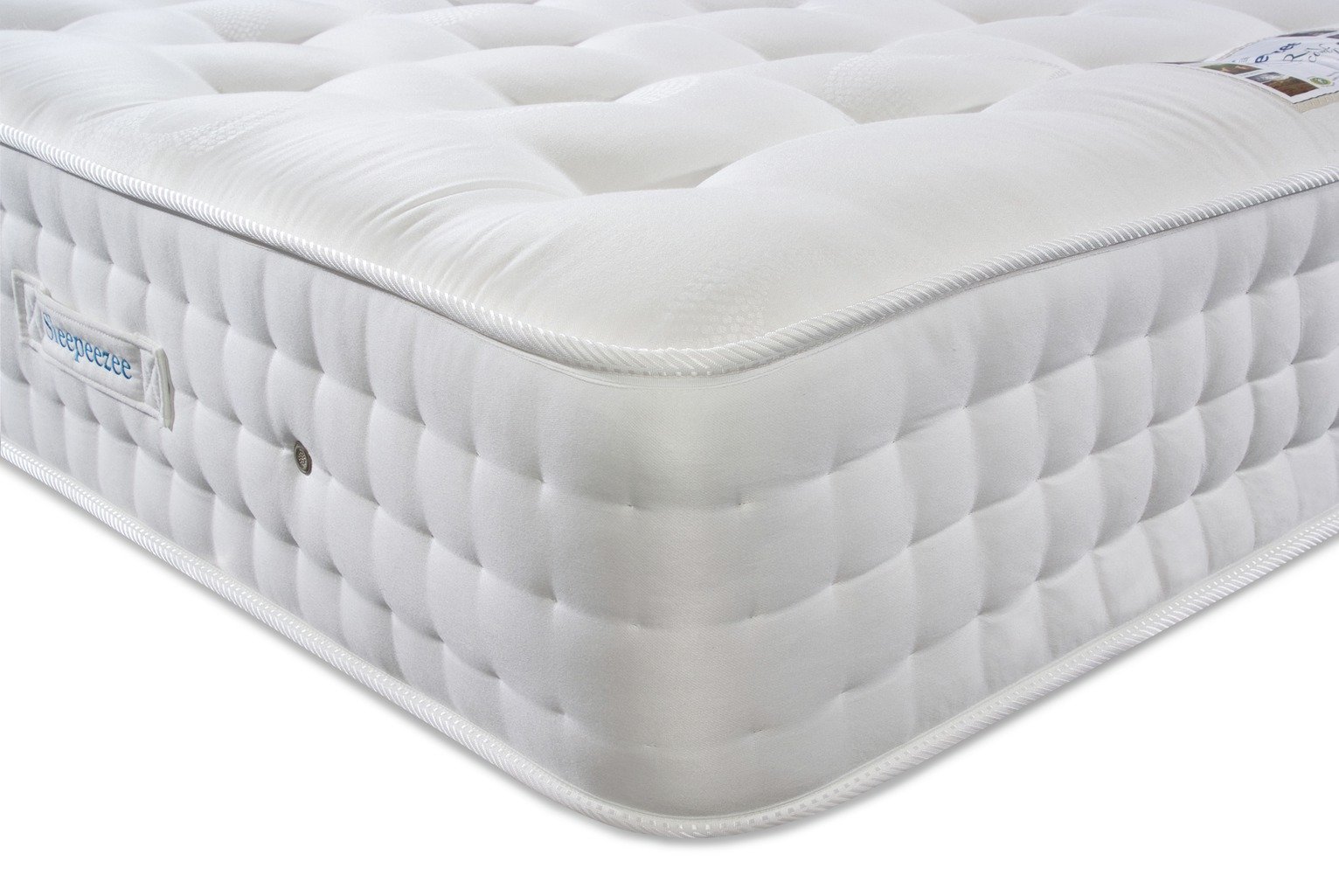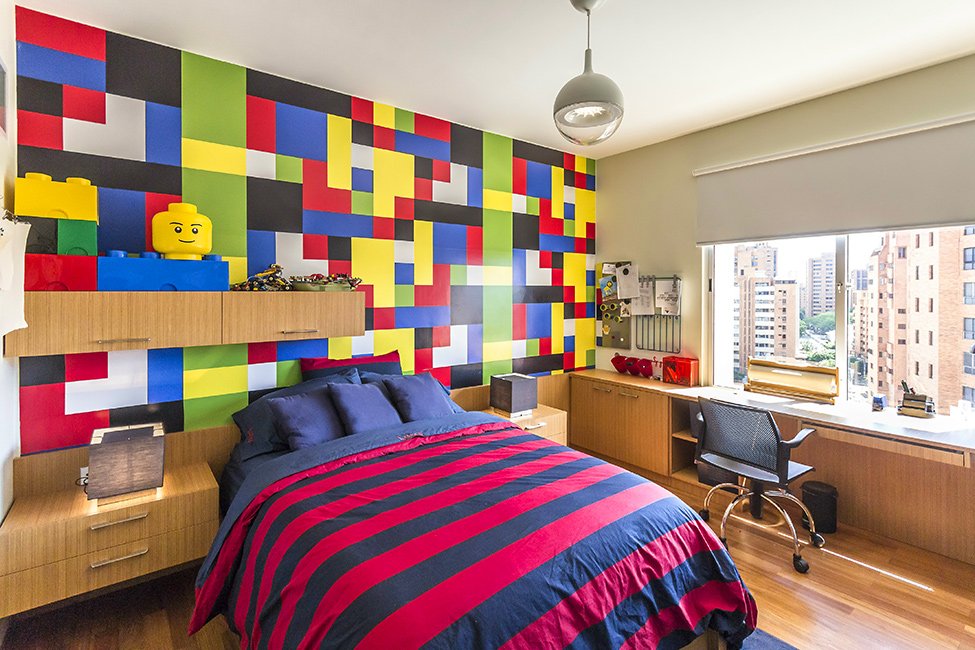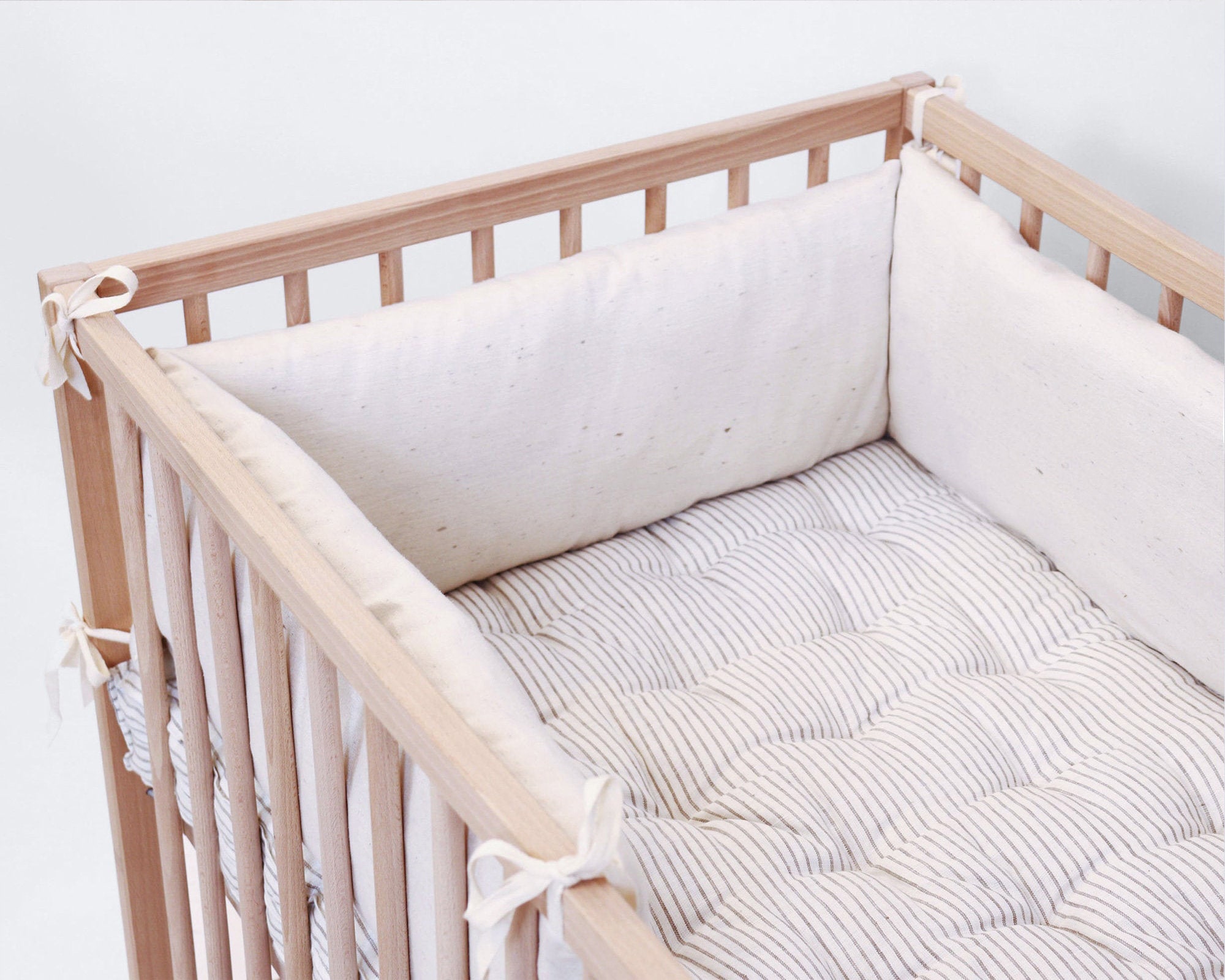Marble is a classic and luxurious material that is often used for bathroom vanity tops. It is a natural stone that comes in a variety of colors and patterns, making each vanity top unique and beautiful. Marble is known for its elegant and timeless appeal, making it a popular choice for high-end bathrooms. One of the main advantages of marble vanity tops is their durability. They are resistant to scratches, stains, and heat, making them perfect for everyday use in a bathroom. Marble also has a smooth and polished surface, which adds a touch of sophistication to any bathroom. However, marble vanity tops do require regular maintenance to keep them looking their best. They are porous and can be prone to staining, so it is important to seal them regularly. Marble is also a softer stone, so it is important to avoid using harsh chemicals or abrasive cleaners that could damage the surface. Marble Vanity Tops
Quartz is another popular choice for bathroom vanity tops. It is a man-made material that is composed of natural quartz crystals and resin. Quartz is available in a wide range of colors and patterns, making it a versatile choice for any bathroom design. One of the main advantages of quartz vanity tops is their durability. They are non-porous, meaning they are resistant to stains, scratches, and heat. They are also easy to maintain and do not require sealing like other natural stone materials. Quartz vanity tops also have a uniform and consistent appearance, which can be appealing to those who prefer a more modern and minimalist look in their bathroom. However, they can be more expensive than other materials, and the color options may be limited. Quartz Vanity Tops
Granite is a natural stone that is often used for bathroom vanity tops. It is known for its durability and resistance to scratches, stains, and heat. Granite is available in a variety of colors and patterns, making it a versatile choice for any bathroom design. One of the main advantages of granite vanity tops is their strength and durability. They are a long-lasting option that can withstand daily use in a bathroom. Granite also has a unique and natural appearance, with each slab having its own distinct patterns and colors. However, granite vanity tops can be more expensive than other materials and may require regular sealing to prevent staining. They can also be heavy and may require additional support during installation. Granite Vanity Tops
Solid surface is a man-made material that is composed of acrylic, polyester resins, and natural minerals. It is a popular choice for bathroom vanity tops because of its durability and versatility. Solid surface is available in a wide range of colors and can mimic the look of natural stone. One of the main advantages of solid surface vanity tops is their seamless and non-porous surface. This makes them easy to clean and maintain, as they do not require sealing. They are also resistant to stains and scratches, making them a practical choice for a busy bathroom. Solid surface vanity tops can also be custom-made to fit any bathroom design, with options for integrated sinks and backsplashes. However, they can be more expensive than other materials, and some people may not like the artificial look of solid surface compared to natural stone. Solid Surface Vanity Tops
Laminate is a budget-friendly option for bathroom vanity tops. It is composed of layers of plastic resin and paper that are bonded together to create a durable and easy-to-maintain surface. Laminate is available in a variety of colors and patterns, including designs that mimic the look of natural stone. One of the main advantages of laminate vanity tops is their affordability. They are a cost-effective option for those on a budget or for a quick bathroom update. Laminate is also resistant to stains and easy to clean, making it a practical choice for a busy bathroom. However, laminate vanity tops can be prone to scratches and burns from hot objects, and the seams may be more visible compared to other materials. They also have a less luxurious appearance compared to natural stone materials. Laminate Vanity Tops
Cultured marble is a man-made material that is composed of marble dust and resin. It is a popular choice for bathroom vanity tops because of its affordability and durability. Cultured marble is available in a variety of colors and can mimic the look of natural marble. One of the main advantages of cultured marble vanity tops is their cost-effectiveness. They are a budget-friendly option for those who want the look of marble without the high price tag. Cultured marble is also non-porous and easy to maintain, making it a practical choice for a bathroom. However, cultured marble is not as durable as natural marble and may be more prone to scratches and stains. The seams may also be more visible, and it may not have the same luxurious appearance as natural marble. Cultured Marble Vanity Tops
Porcelain is a type of ceramic material that is made from clay and other natural materials. It is a popular choice for bathroom vanity tops because of its durability and resistance to stains and scratches. Porcelain is available in a variety of colors and can mimic the look of natural stone. One of the main advantages of porcelain vanity tops is their strength and durability. They are resistant to heat, stains, and scratches, making them a practical choice for a bathroom. Porcelain is also easy to clean and maintain, and the color and pattern options are virtually endless. However, porcelain vanity tops can be more expensive than other materials, and they require professional installation. They can also be heavy and may require additional support during installation. Porcelain Vanity Tops
Ceramic is a type of clay that is fired at high temperatures to create a hard and durable material. It is a popular choice for bathroom vanity tops because of its affordability and durability. Ceramic is available in a wide range of color and pattern options, making it a versatile choice for any bathroom design. One of the main advantages of ceramic vanity tops is their affordability. They are a budget-friendly option for those on a tight budget or for a quick bathroom update. Ceramic is also resistant to stains and scratches and is easy to clean and maintain. However, ceramic vanity tops can be prone to cracking or chipping if they are not installed properly. They may also have a less luxurious appearance compared to natural stone materials. Ceramic Vanity Tops
Engineered stone is a man-made material that is composed of quartz, resins, and pigments. It is a popular choice for bathroom vanity tops because of its durability and versatility. Engineered stone is available in a wide range of colors and patterns and can mimic the look of natural stone. One of the main advantages of engineered stone vanity tops is their strength and durability. They are resistant to stains, scratches, and heat, making them a practical choice for a bathroom. Engineered stone is also non-porous and easy to maintain, and the color and pattern options are virtually endless. However, engineered stone vanity tops can be more expensive than other materials, and they may require professional installation. They can also be heavy and may require additional support during installation. Engineered Stone Vanity Tops
Acrylic is a man-made material that is composed of a blend of acrylic resins and minerals. It is a popular choice for bathroom vanity tops because of its affordability and versatility. Acrylic is available in a wide range of colors and patterns and can mimic the look of natural stone. One of the main advantages of acrylic vanity tops is their cost-effectiveness. They are a budget-friendly option for those on a tight budget or for a quick bathroom update. Acrylic is also non-porous and easy to maintain, making it a practical choice for a bathroom. However, acrylic vanity tops can be prone to scratches and may not have the same durability as other materials. They may also have a less luxurious appearance compared to natural stone materials. Acrylic Vanity Tops
The Importance of Choosing the Right Material for Your Bathroom Vanity Tops
 When it comes to designing and renovating a bathroom, one of the most important decisions to make is choosing the right material for your vanity tops. Not only do these surfaces serve as a functional space for daily tasks, but they also play a major role in the overall aesthetic of your bathroom. With so many materials to choose from, it can be overwhelming to determine which one is the best for your needs. However,
choosing the right material for your bathroom vanity tops is crucial for both durability and design.
When it comes to designing and renovating a bathroom, one of the most important decisions to make is choosing the right material for your vanity tops. Not only do these surfaces serve as a functional space for daily tasks, but they also play a major role in the overall aesthetic of your bathroom. With so many materials to choose from, it can be overwhelming to determine which one is the best for your needs. However,
choosing the right material for your bathroom vanity tops is crucial for both durability and design.
Durability and Water Resistance
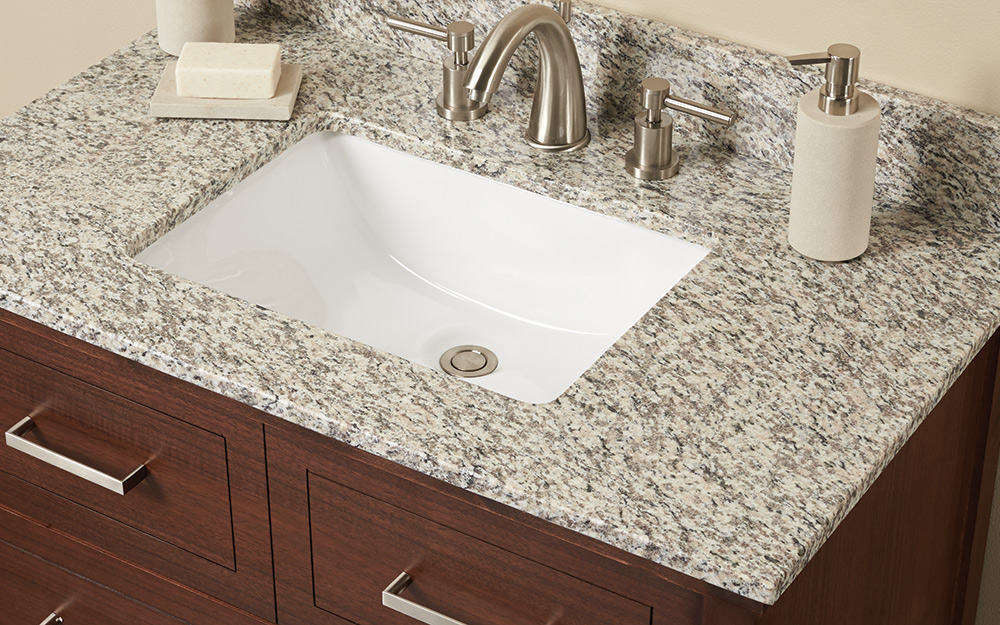 One of the main factors to consider when choosing a material for your bathroom vanity top is durability. Since the bathroom is a high-traffic area with constant exposure to moisture and humidity, it's essential to choose a material that can withstand these conditions.
Granite, quartz, and marble
are popular choices for bathroom vanity tops due to their natural resistance to water and stains. These materials are also highly durable and can withstand daily wear and tear, making them a long-lasting investment for your bathroom.
One of the main factors to consider when choosing a material for your bathroom vanity top is durability. Since the bathroom is a high-traffic area with constant exposure to moisture and humidity, it's essential to choose a material that can withstand these conditions.
Granite, quartz, and marble
are popular choices for bathroom vanity tops due to their natural resistance to water and stains. These materials are also highly durable and can withstand daily wear and tear, making them a long-lasting investment for your bathroom.
Design and Aesthetics
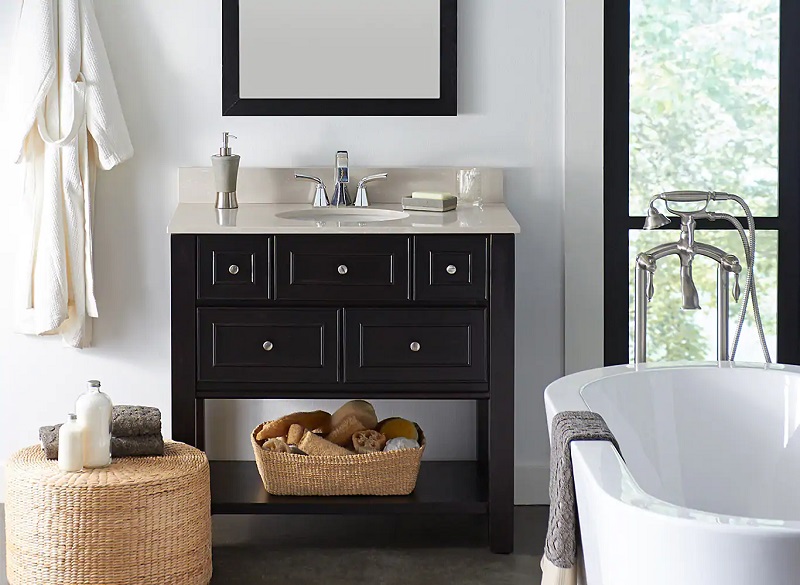 Aside from functionality, the material you choose for your bathroom vanity top can also greatly impact the design and aesthetics of your bathroom. Each material has its unique look and feel, allowing you to create a bathroom that reflects your personal style.
Granite, with its natural veining and patterns, adds a touch of elegance and sophistication to any bathroom.
On the other hand, quartz offers a more consistent and modern look, while marble exudes luxury and opulence.
Aside from functionality, the material you choose for your bathroom vanity top can also greatly impact the design and aesthetics of your bathroom. Each material has its unique look and feel, allowing you to create a bathroom that reflects your personal style.
Granite, with its natural veining and patterns, adds a touch of elegance and sophistication to any bathroom.
On the other hand, quartz offers a more consistent and modern look, while marble exudes luxury and opulence.
Cost and Maintenance
 Another crucial aspect to consider when choosing a material for your bathroom vanity top is cost and maintenance. While some materials may be more expensive upfront, they may require less maintenance and last longer, making them a more cost-effective choice in the long run. For example,
granite and quartz are low-maintenance options that only require regular cleaning with mild soap and water.
On the other hand, materials like wood or laminate may be more affordable initially, but may require more upkeep and replacement over time.
Another crucial aspect to consider when choosing a material for your bathroom vanity top is cost and maintenance. While some materials may be more expensive upfront, they may require less maintenance and last longer, making them a more cost-effective choice in the long run. For example,
granite and quartz are low-maintenance options that only require regular cleaning with mild soap and water.
On the other hand, materials like wood or laminate may be more affordable initially, but may require more upkeep and replacement over time.
Conclusion
 In conclusion,
choosing the right material for your bathroom vanity tops is a decision that requires careful consideration and evaluation of your needs and budget.
Consider factors such as durability, water resistance, design, cost, and maintenance to determine the best material for your bathroom. Remember, investing in high-quality materials now can save you time and money in the future and ensure a beautiful and functional bathroom for years to come. So, take your time and make a well-informed decision to create the perfect bathroom vanity top for your home.
In conclusion,
choosing the right material for your bathroom vanity tops is a decision that requires careful consideration and evaluation of your needs and budget.
Consider factors such as durability, water resistance, design, cost, and maintenance to determine the best material for your bathroom. Remember, investing in high-quality materials now can save you time and money in the future and ensure a beautiful and functional bathroom for years to come. So, take your time and make a well-informed decision to create the perfect bathroom vanity top for your home.
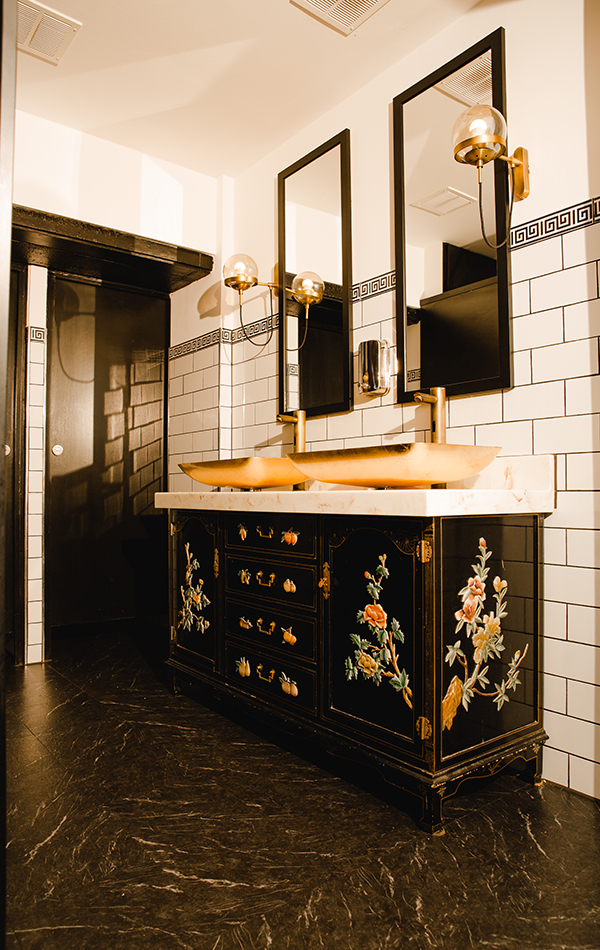



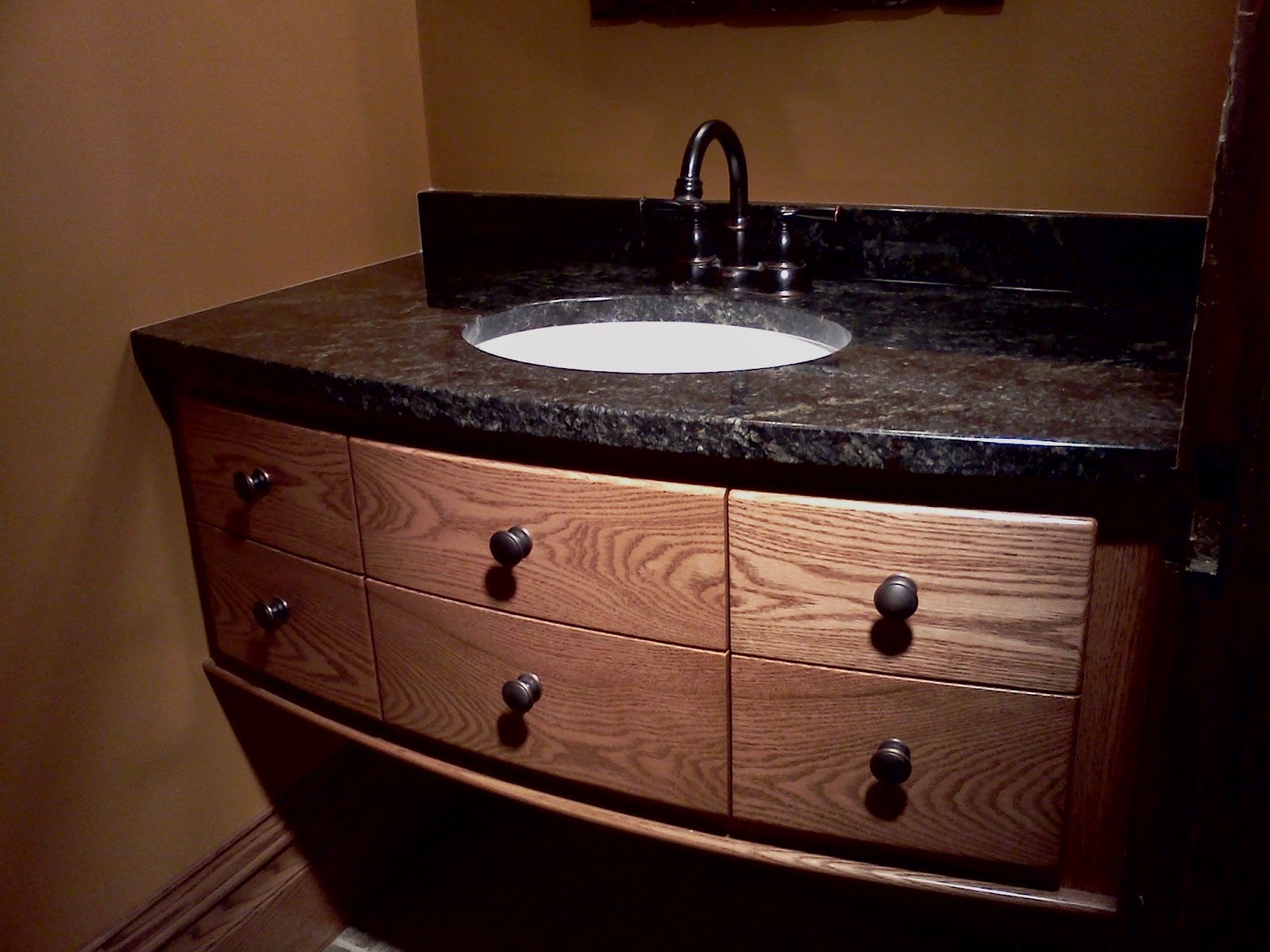







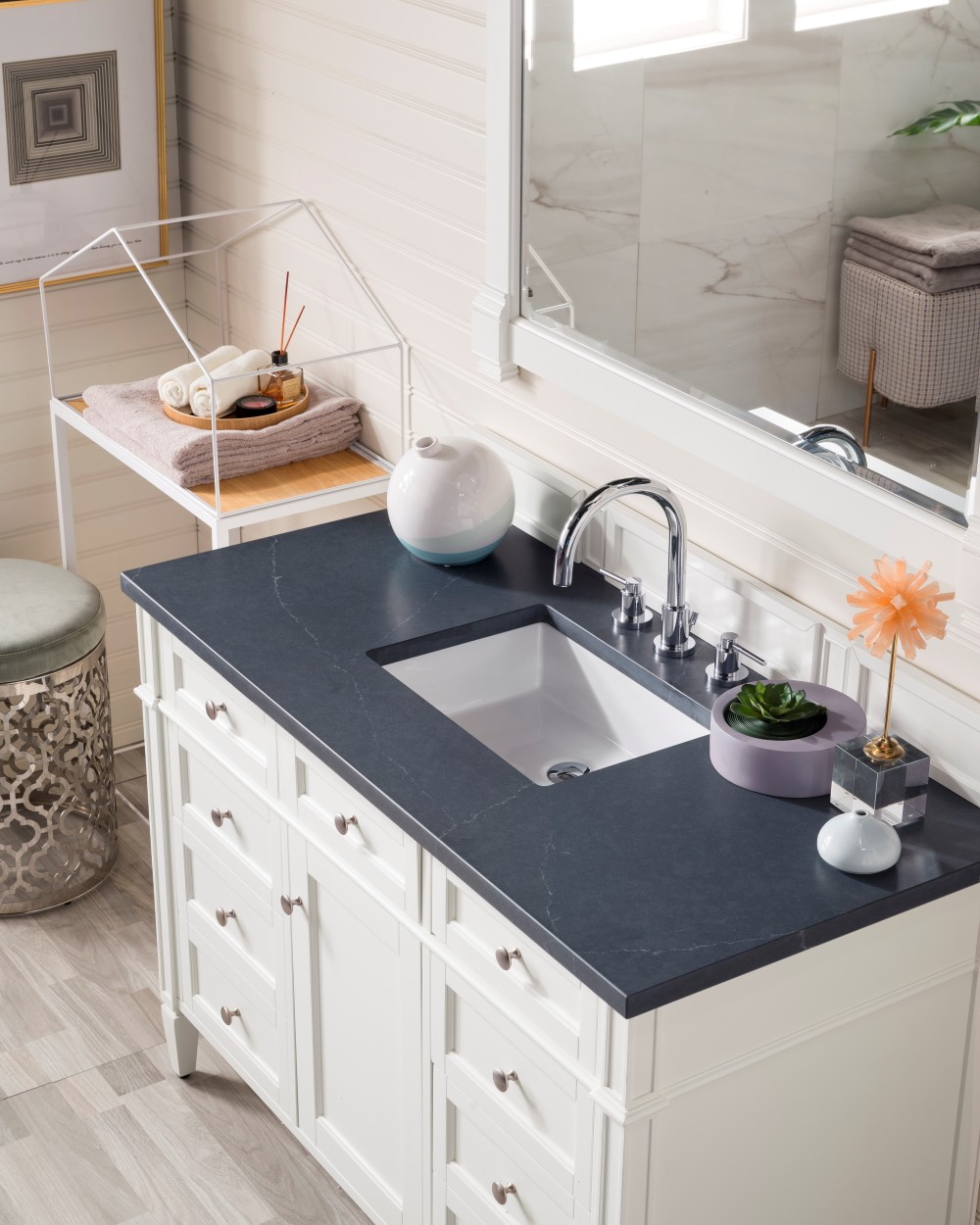
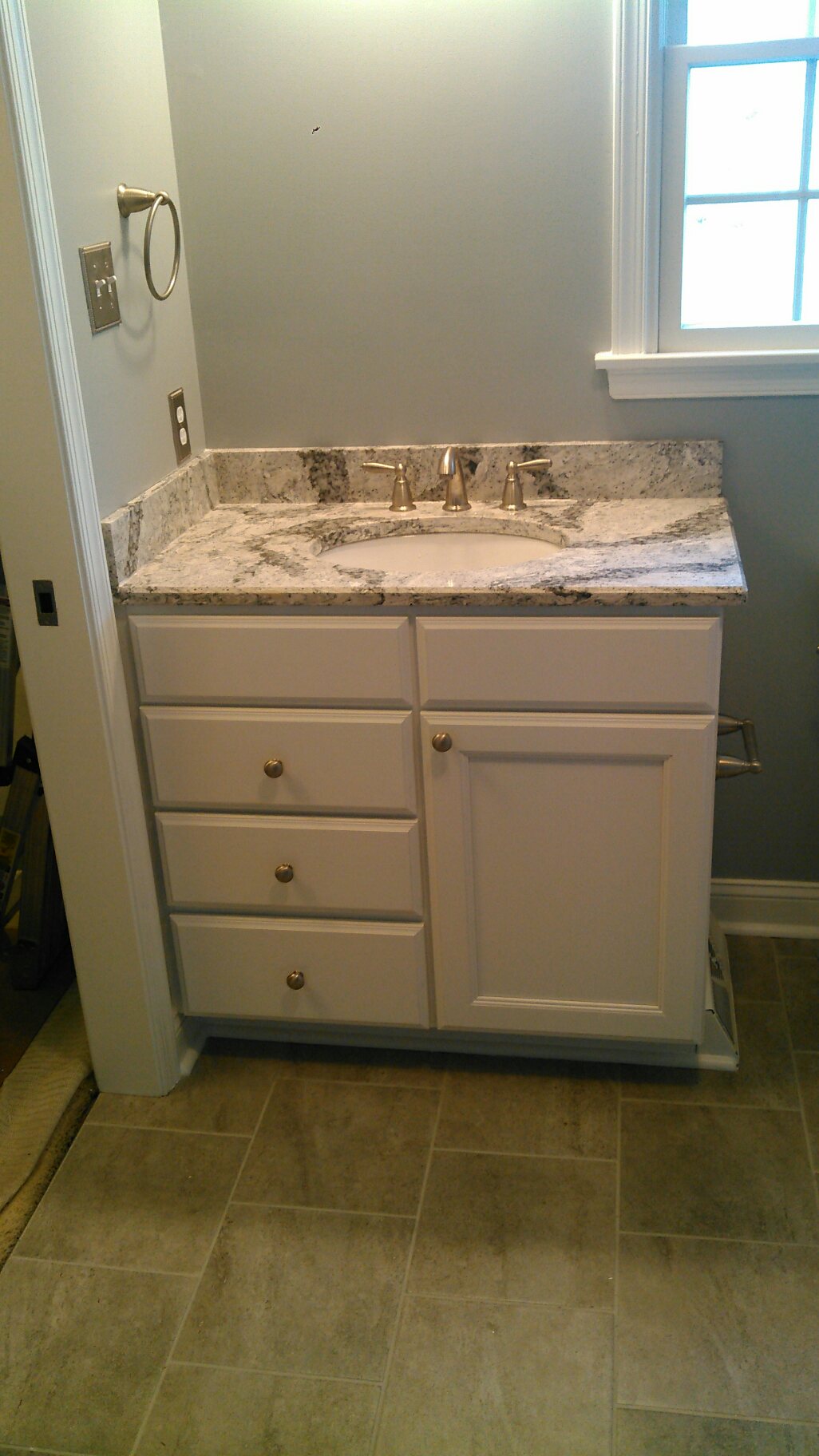

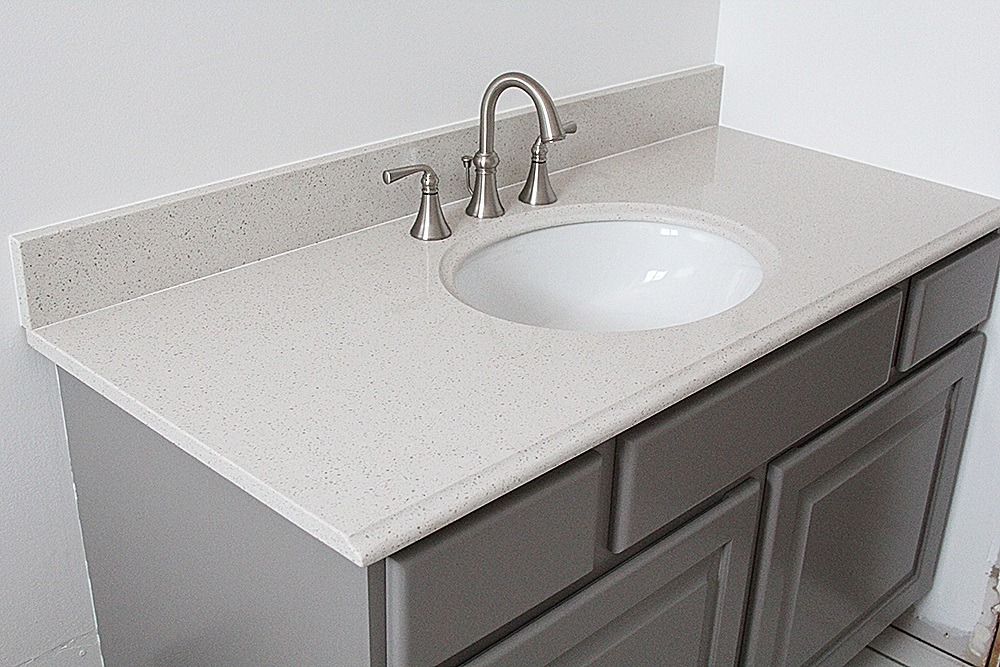
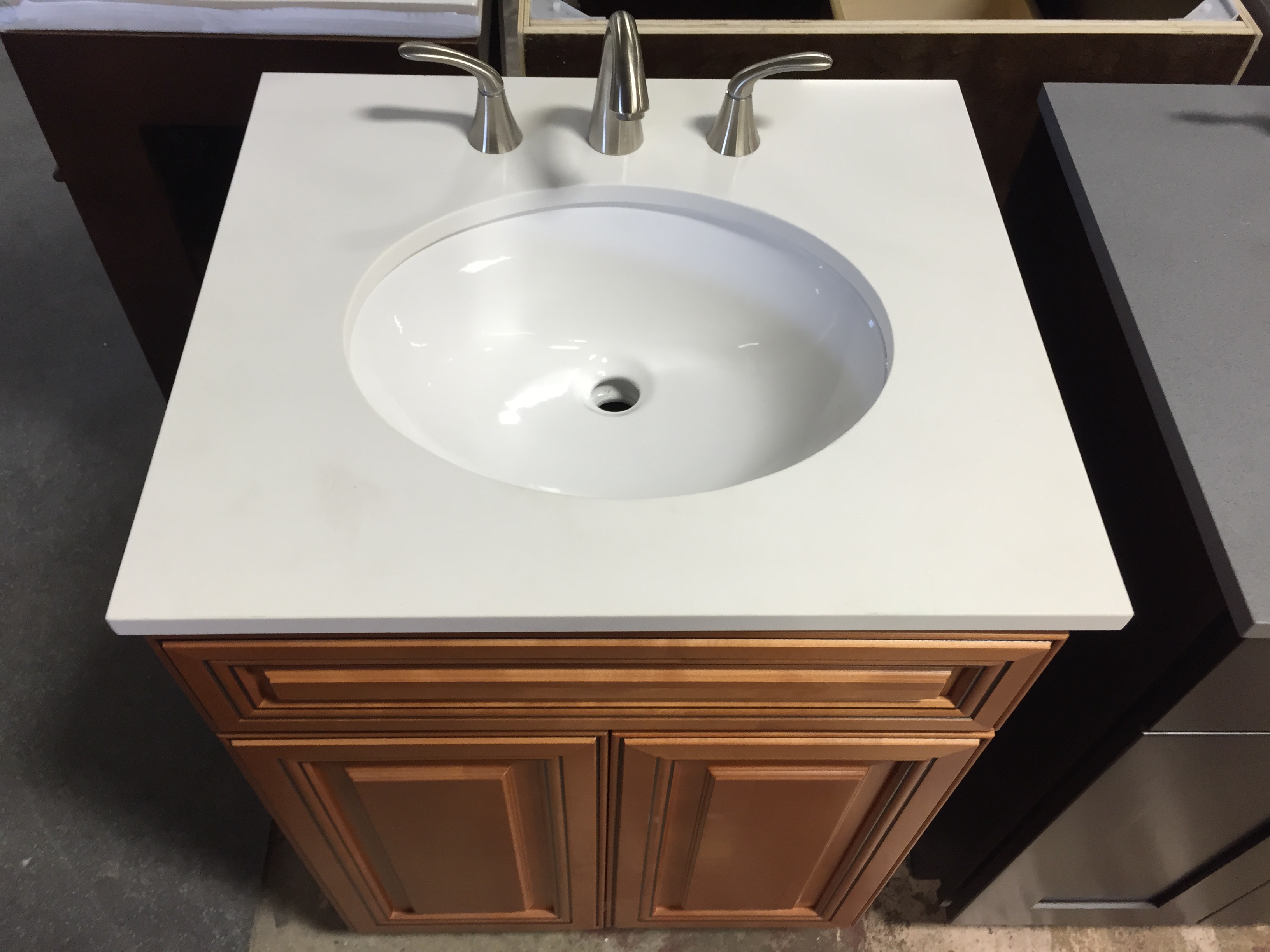



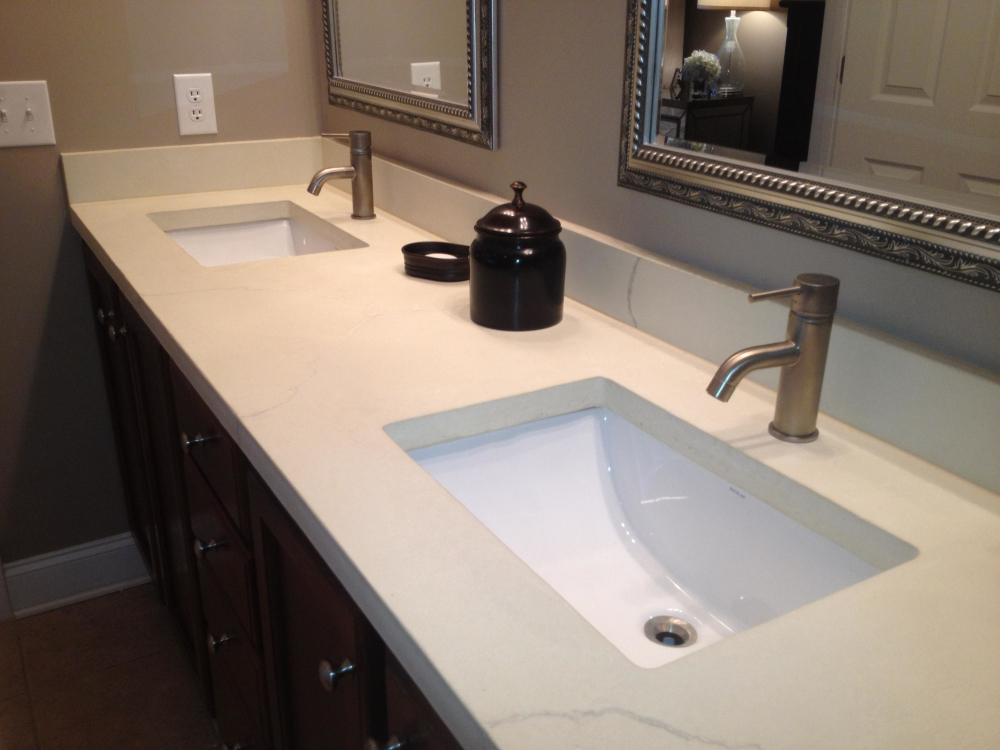











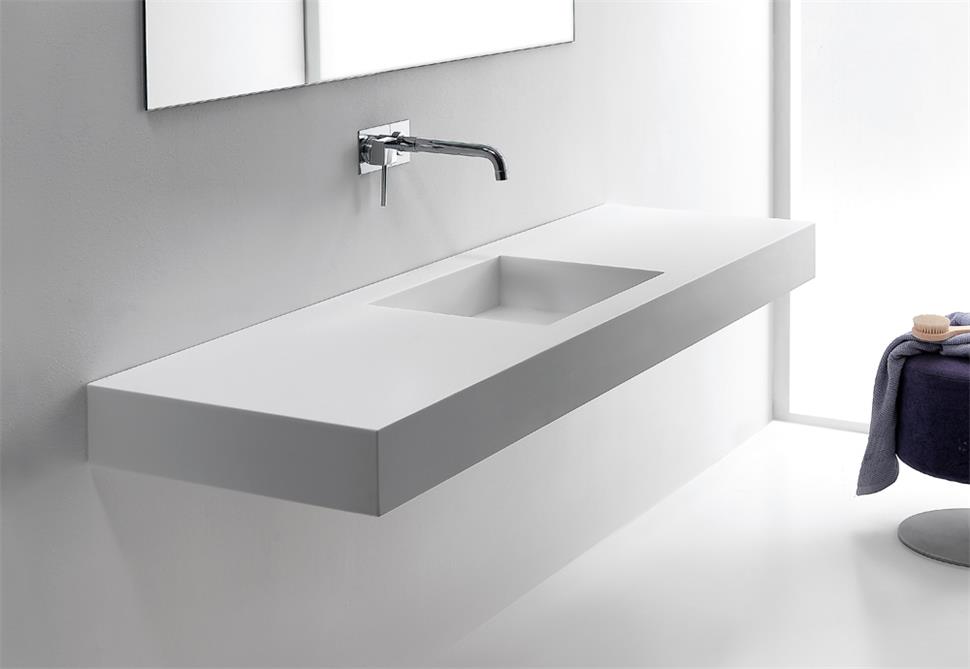


-O.jpg)
